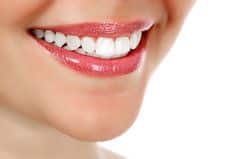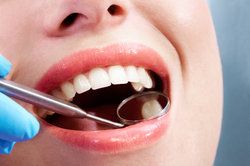Dental Exams and Professional Cleanings: Why They Are Important
by Robert Rapisarda
Patients from the greater Boston have placed their trust in Dr. Robert Rapisarda because of his commitment to effective dental care. The cornerstone of this is general dentistry focused on prevention, education, and promoting total wellness, which also means making the most out of the regular dental exams with his patients.
What a Visit Every Six Months Means for Your Smile
While it may seem like a single visit to the dentist every six months is not that important, you’d be surprised what gets accomplished during a dental exam. These visits to your dentist twice a year can mean the difference between tooth pain and a mouth full of cavities and beautiful smile in which your teeth and gums are completely healthy.
Dental X-Rays and Advanced Diagnostics
During a dental exam, you’ll undergo dental x-rays to check various structures of your mouth. This allows your dentist to identify any issues below the surface that need to be treated, such as structural problems with the teeth and the jawbone/jaw joint. The x-rays will also become an important part of your treatment history and may aid in future dental care.
Professional Dental Cleanings
Brushing and flossing at home is key to a healthy smile, but it’s important that patients also come in for professional cleanings. This will involve a thorough polish with an electric toothbrush as well as careful flossing and scraping of all those hard to reach places.
Checking Your Teeth and Gums
Your dentist will check your teeth and gums carefully after they have been cleaned. This allows for identification of surface issues and flaws of the teeth, such as chips and cracks, as well as problems with the gum tissue, such as recession and lesions. Taken into account with the x-rays, your dentist can diagnose various health and wellness issues you may be facing.
Opening Communication to Improve Overall Wellness
Your dental exam also allows you time to discuss dental health topics that are on your mind. Use your visit to ask questions, voice concerns, and discuss the issues that may not be apparent from x-rays and a basic check of the teeth. This includes problems with bad breath and dry mouth, persistent tooth pain or gum pain, and any problems that involve the function of your jaw joint.
Planning Future Treatment Needs
Toward the end of your exam, your dentist will discuss your future treatment needs if anything is necessary. This includes determining when to fill a cavity or to initiate orthodontic care. If you do not have any pressing issues, you’ll simply be given an opportunity to schedule the next visit six months down the line.
Providing Tips to Enhance Your Dental Health
On top of all of the above, your dentist and the dental care tip will likely pass on some tips on how you can make the most of your smile. This might include items to purchase, bad habits to avoid, and other ways to make your teeth and gums as healthy as possible.
Schedule a Consultation with Dr. Robert Rapisarda
For more information about dental exams and how our team can help you enhance your overall dental health and wellness, be sure to contact our cosmetic and restorative dentistry center today. Dr. Rapisarda will carefully examine your teeth so that you can smile with absolute confidence.
Dental Exams and Professional Cleanings: Why They Are Important Read More »









